Nipmuc artist brings Native history to forefront during the Massachusetts 250 celebrations
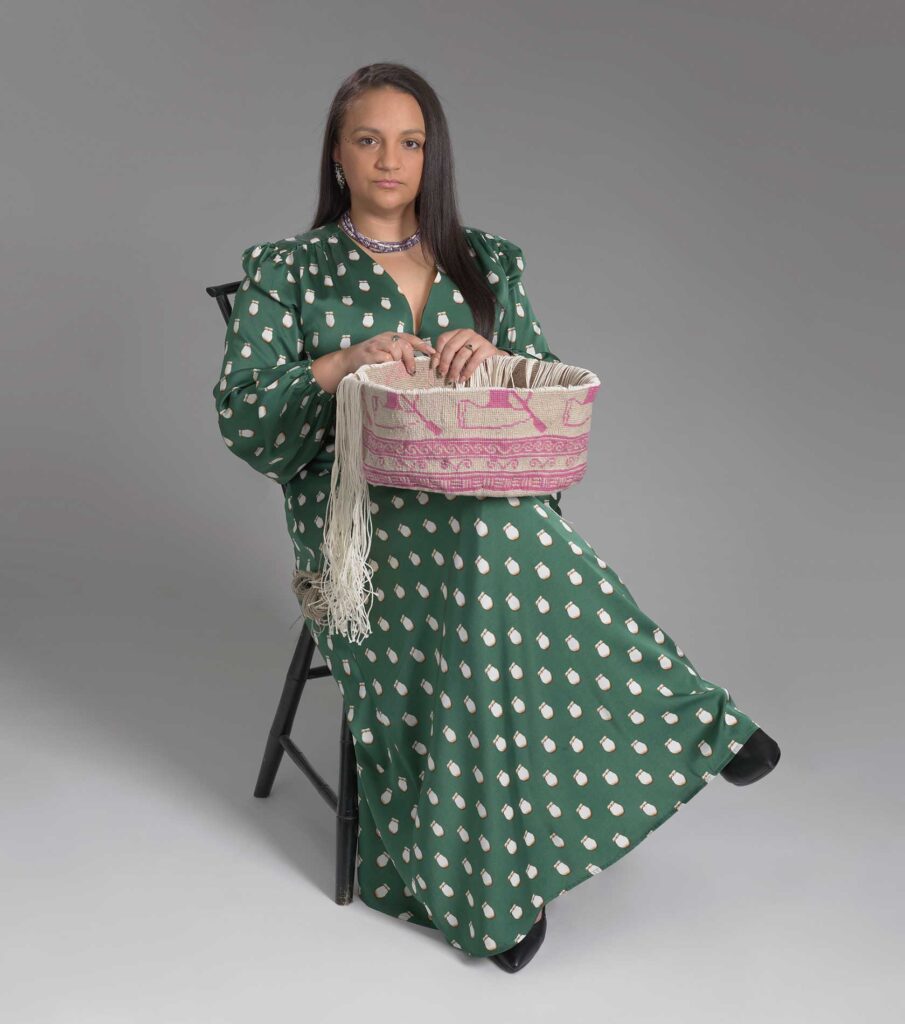
As cultural institutions around Massachusetts celebrate the 250th anniversary of the American War of Independence from British rule, Nipmuc artist Brittney Peauwe Wunnepog Walley encourages us to look back even further at what Indigenous folks were experiencing in Massachusetts 350 years ago.
In partnership with the Concord Museum, Walley curated “Chemacheg Menuhki: Paddle Strong,” an exhibition that looks at the treatment of the Nipmuc community in the mid-1600s when European settlers were disrupting the Native tribes that had been here for centuries.
The core of the exhibition is a woven basket, “Different Footprints, Part 4,” that Walley made. The basket tells the story of 58 Nipmuc individuals who were housed on John Hoar’s property in Concord (now known as Orchard House and home of author Louisa May Alcott) in 1676 before being forcibly moved to Deer Island in Boston Harbor where many perished. A group of Nipmuc had been removed to the island the year before. This is just one example of the atrocities perpetrated on the Native population, but it’s one that is rarely known.
“It was a war-torn country situation,” said Walley. “People are on the move, moving from place to place, trying to be safe, trying to stay alive. That echoes a lot of things that are going on today.”
The basket shows images of figures paddling across a patterned ocean. Process was as important to Walley as the resulting object. She harvested pokeberries and staghorn sumac berries from Deer Island and the John Hoar property to make the dye for the cordage she wove to create the images on the basket. In that way, this object is both literally infused with place and history and metaphorically carries the history of Nipmuc weaving in the traditional practices that laid the foundation for Walley’s craft.
“It’s important for me to tell the historical story, but it’s also important for me to share the things that go on today,” said Walley. “This did happen. It was terrible. But matter of fact, to many people’s surprise, Native people did not all die off. We are still alive today, and we have things to say.”
“Chemacheg Menuhki: Paddle Strong” is an ongoing installation on view at the Concord Museum. In addition to the basket, the exhibition includes a film exploring Walley’s creative process, created by award-winning filmmaker and educator Roberto Mighty.
Walley says she hopes this exhibition will get folks interested in Native communities. She offered a good-natured reminder that Native people are also living in the contemporary world and most tribes, including the Nipmuc, have websites. She encourages visitors to look into their local Native tribes and to attend public events hosted by them to learn more.
“There’s a lot of mythmaking that goes on in the history of the country, the place we call the United States,” said Walley. “It really obscures the truth of how this place was made. And when we cannot understand the truth, we cannot reconcile with it. And if we can’t reconcile with it, we can’t move forward together.”





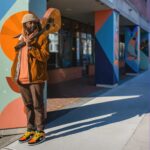
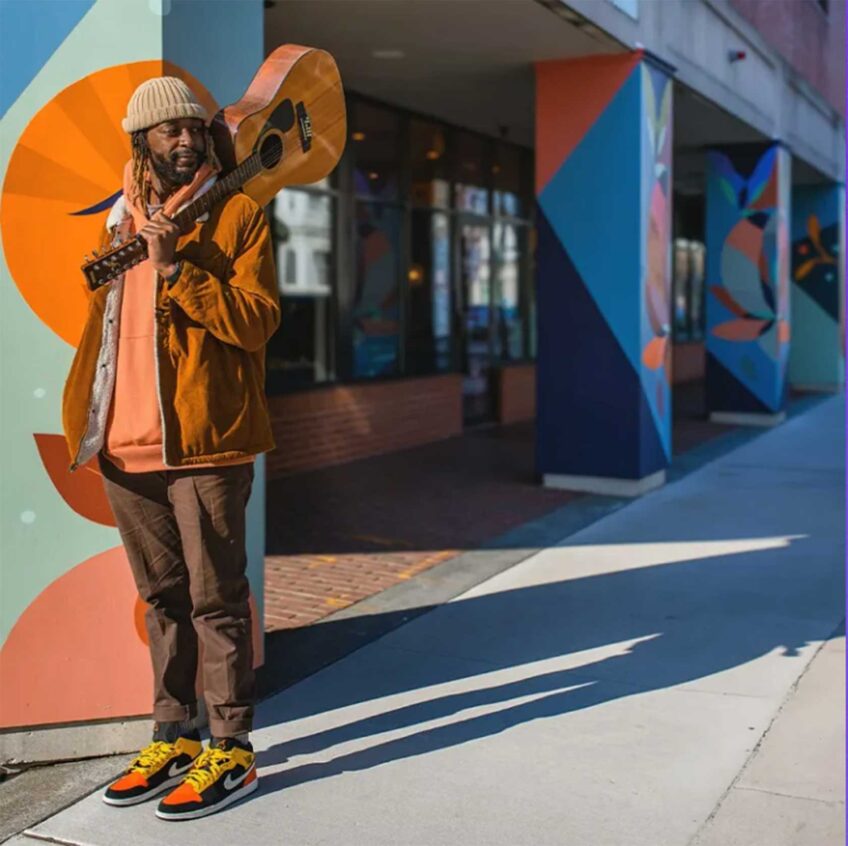
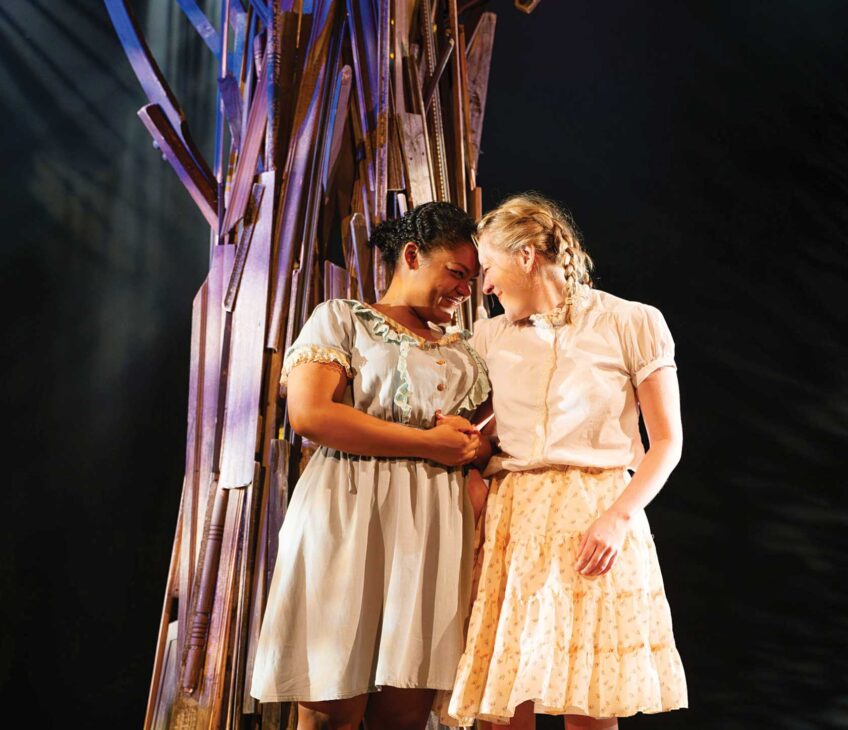
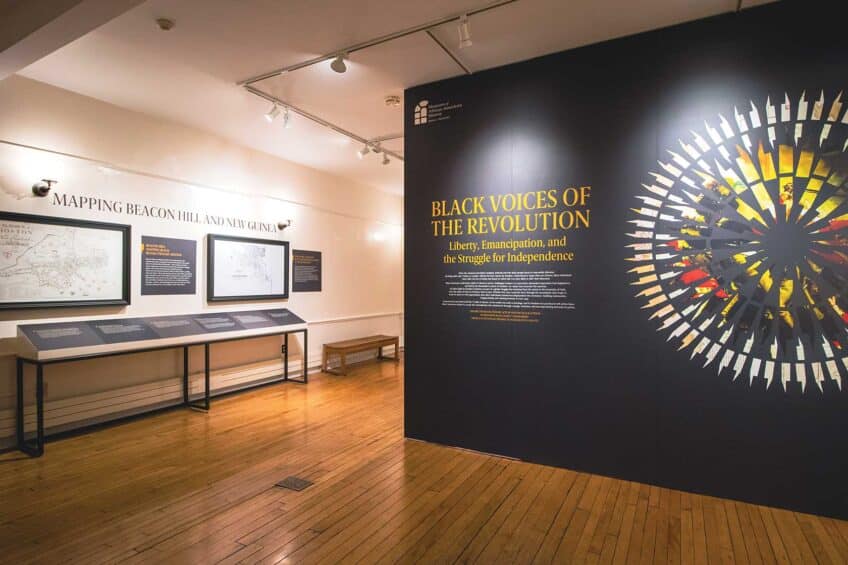
Leave a Reply
You must be logged in to post a comment.